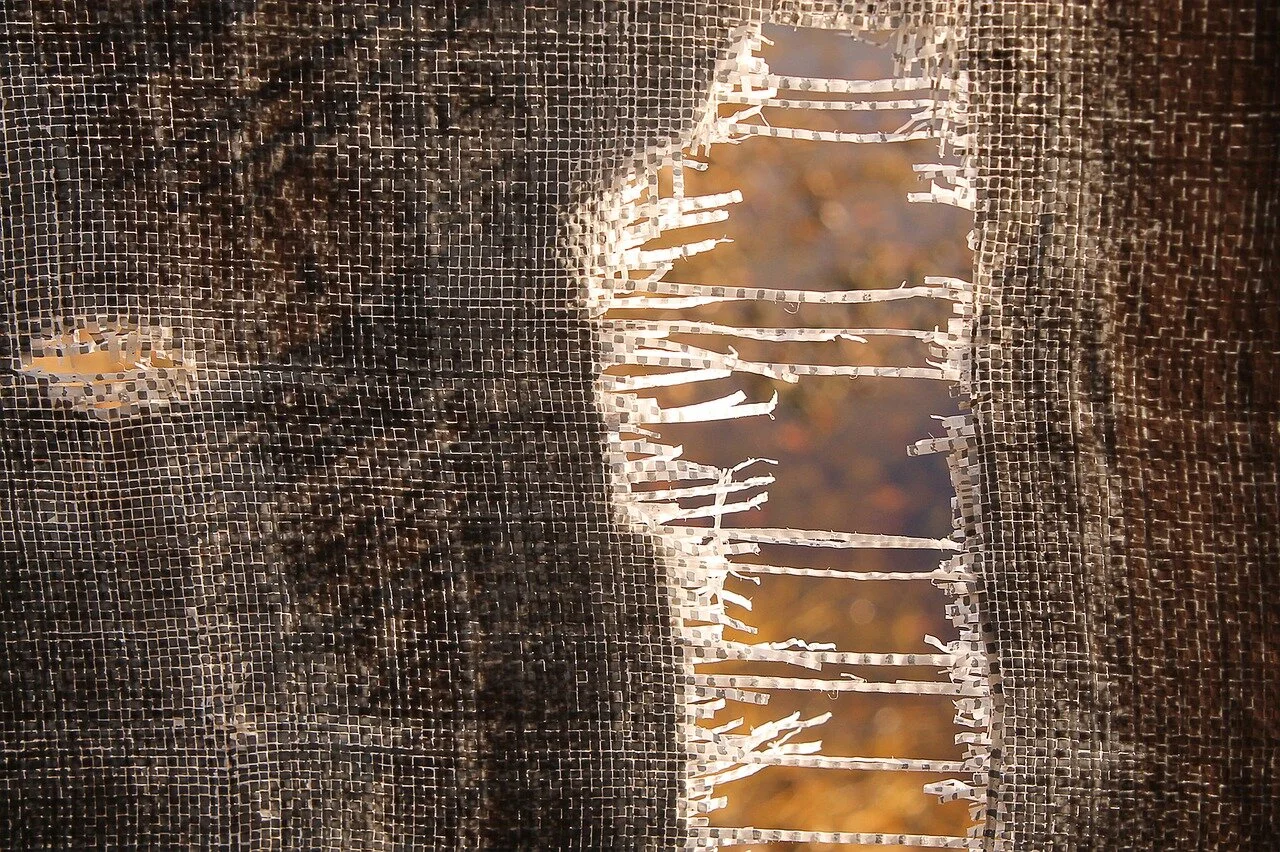The Attachment Dilemma - 3 Strategies to Solve It
I have attachment issues. And so do you. To be human is to become attached, first to our immediate caregiver(s), then to others close to us in our development, and finally to those we select for intimate relationships. We all know what it’s like when we miss someone, due to a temporary separation or a permanent loss. It creates an uncomfortable sense of actually being lost - and us humans don’t like that very much.
Being attached to others gives us a sense of belonging and emotional security. But we don’t only get attached to people; we get attached to our daily routines, desired outcomes and imagined expectations – what I like to call the “intangibles”. We rely on these intangibles more than we realize – until they are wiped away like the raindrops on your windshield and we feel as though our GPS has been stolen.
If you’ve been feeling a bit lost these last several months, one reason may be that the intangibles you’ve relied on for so long have been snatched, shaken up, and spilled all over the floor. You had everything in order (well, sort of), and you could manage your day to day like clockwork (ok, sometimes), and you had a clear picture of what was next (maybe). When things get switched up on us, it tests our flexibility and adaptability muscles. In order to pivot and embrace change, we need to activate these muscles by detaching from what was – a tough ask for many of us.
And this brings us to what I call our “attachment dilemma” – being torn between our familiar existence and what we have yet to discover. We find comfort and peace in what we know, what we have planned, and what we can predict, like an old pair of our favorite jeans. Yet, as I discuss on the podcast The Coach’s Circle, firm attachment to anything, including to our perceived sense of control, leads to psychological pain and suffering for many. Drawing from Buddhist philosophy, it’s not until we can exercise detachment that we can take steps toward a more enlightened path. The irony is that our comfort and peace can be found more in letting go, living with uncertainty and accepting the unknowns, rather than clinging to what we have created and elected to depend on.
So how do we go about solving this attachment dilemma? Here are my top three strategies:
1- Apply a cognitive behavioral exercise – Make a list, map or outline of how you typically go about doing something. Then create a corresponding list that includes alternate methods to each step. Brainstorm with someone to generate multiple ideas. This will illustrate that there is more than one approach and can alter fixed assumptions. Feeling as if we have more options warms us up to making a change.
2- Have fun with a visualization exercise – Close your eyes and imagine how you want things to be related to a particular area of your life, including as much detail as possible. Say it out loud and record it; or write it all down in a journal. Avoid noting any obstacles or reasons why it can’t be done. Paint the ideal picture (you can literally paint it or design a vision board). This will create an internal compass to steer you toward what you are needing and desiring most without feeling like you are leaving something treasured behind.
3- Try a rewiring exercise – Consciously choose to do things opposite of when you are on autopilot. This can include taking a route to work or the store that you have never taken, using your less dominant hand to brush your teeth, etc., or speaking in another language you once upon studied (or learn a new language entirely). These actions take effort but can enhance the neuroplasticity of the brain – and the brain loves being stretched when it comes to replacing the old with the new!
Experiment with these basic strategies and see what happens. Notice that you are less uneasy relinquishing those everyday security blankets – because you’ve discovered there’s a breadth of possibility to rebuild upon, alleviating the stress of losing those precious intangibles (and those favorite worn out jeans).

